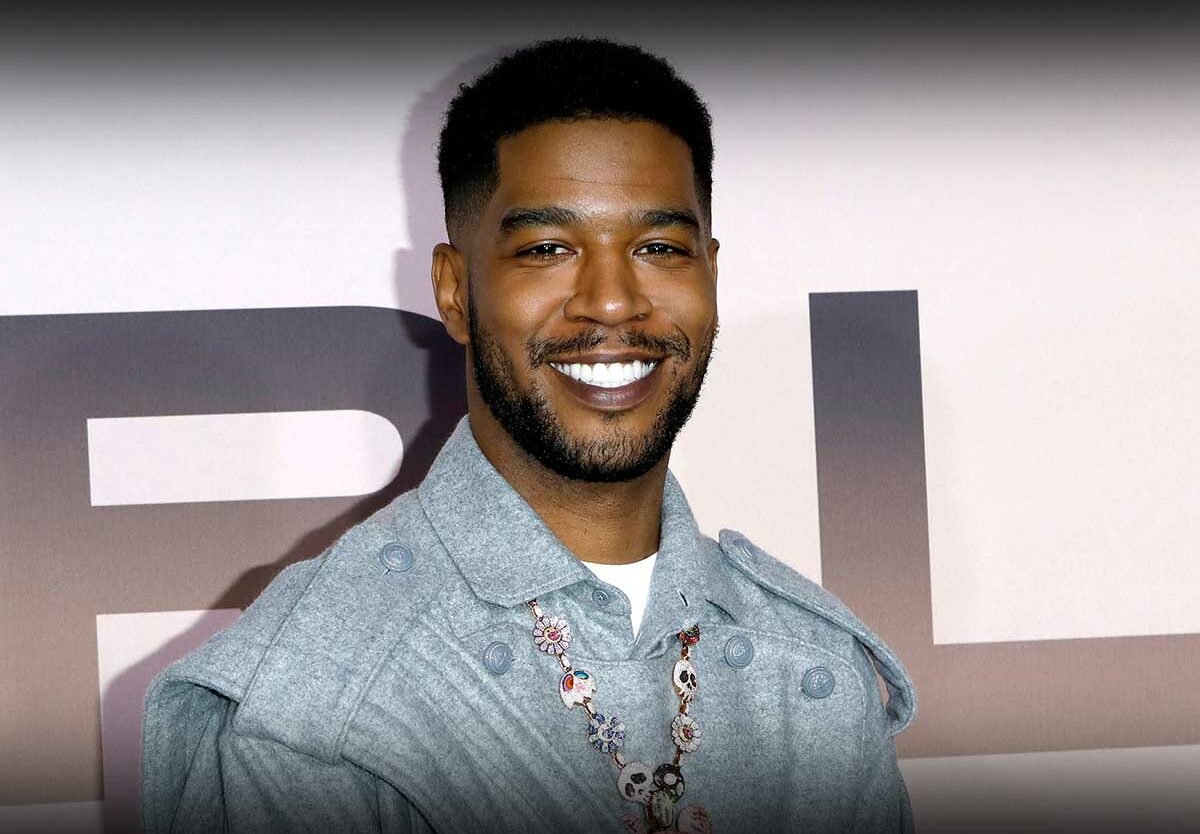
The Evolution Of Kid Cudis Sound From Man On The Moon To Now
Kid Cudi, the influential rapper, singer, and songwriter, has made significant strides in the music industry since his debut album, "Man on the Moon: The End of Day," was released in 2009. Recognized for his unique sound that combines hip-hop, rock, and electronic music, Cudi has continued to evolve as an artist. His journey not only showcases his growth but also reflects his personal struggles and triumphs throughout the years. This blog will take you through the evolution of Kid Cudi's sound from his iconic first album to his current style, while also touching upon the cultural impact and the Kid Cudi merchandise that has become a beloved staple among his fans.
The Launch of a New Sound
When "Man on the Moon: The End of Day" dropped, it was like a breath of fresh air in the hip-hop genre. Cudi brought a contemplative yet upbeat vibe to his music, marked by his introspective lyrics that addressed themes of loneliness, depression, and existentialism. Tracks like "Day 'n' Nite" dominated the charts, while ‘Pursuit of Happiness’ featured a dreamy quality that connected deeply with listeners. The album's fusion of genres set the stage for a new sound in hip-hop, blending melodic hooks with rap verses and paving the way for artists who would come after him.
Shifting Tones: Man on the Moon II
In 2010, Kid Cudi released "Man on the Moon II: The Legend of Mr. Rager," which showcased a darker, more mature side of his artistry. While the first album introduced audiences to Cudi's vulnerabilities, the sequel delved deeper into his struggles with fame, addiction, and identity. The sound became more experimental, incorporating elements of rock and electronic music, particularly evident in the standout track "Erase Me." This evolution reflected not just a growth in sound, but a significant transition in Cudi's personal life, where he began to confront the daemons he faced. This concept of vulnerability and authenticity resonated deeply with fans, further solidifying Cudi's status as a relatable figure in mainstream music.
Collaboration and Diversification
As Kid Cudi continued to evolve, he began exploring new collaborations and projects. Notably, his work with artists like Travis Scott and Kanye West in the group Kids See Ghosts marked a turning point in his career. The self-titled album "Kids See Ghosts" showcased a more avant-garde sound, incorporating varied musical influences while offering a collective sense of healing and resilience. The collaboration allowed him to branch out while still remaining true to his roots of introspection and emotional expression, leading to tracks that were both innovative and reflective. The aesthetic of Cudi’s merchandise also evolved during this time, with fans eager to sport apparel that represented their connection to his music and the movement it inspired.
The Present Day: An Artist Unbound
Today, Kid Cudi continues to redefine his sound with his latest projects, effortlessly blending genres and addressing contemporary issues. His 2020 album, "Man on the Moon III: The Chosen," saw a return to his roots while forging ahead into new territory, combining heavy beats with introspective lyrics that speak to his growth and the world around him. Cudi's willingness to be vulnerable, alongside his distinct sound, has garnered him a dedicated following, making his music both relatable and revolutionary. Alongside this musical journey, Kid Cudi merchandise continues to thrive, as fans celebrate their connection to his artistry through fashion, art, and community.
In summary, Kid Cudi's evolution from "Man on the Moon" to his present work encapsulates the essence of his personal growth, creativity, and influence in the music industry. His ability to adapt and traverse genres, while maintaining his core message of vulnerability, artistry, and authenticity, not only cements his legacy but also inspires future generations of artists and fans alike.









